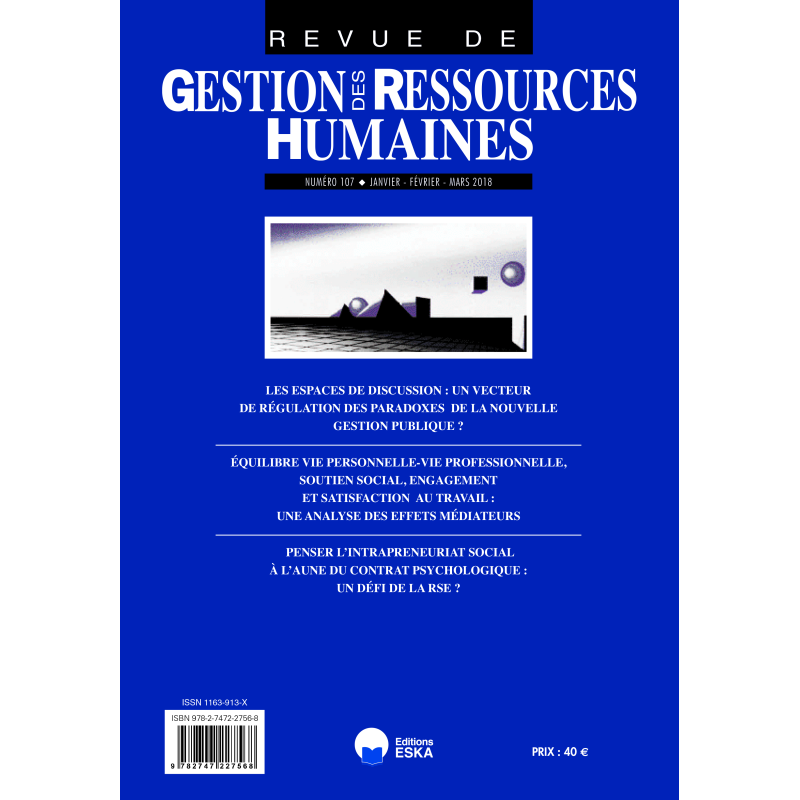



 Security policy
Security policy
(edit with the Customer Reassurance module)
 Delivery policy
Delivery policy
(edit with the Customer Reassurance module)
In a context of reinforcement of the project organizations, the question of competence management has become today a key issue for companies as well as for research in management sciences. The question for the companies is to jointly manage the competence development and the development of innovative products and services through projects. However, the link between these two logics does not occur without difficulties, insofar as competence management and project management are deployed over different temporal horizons of learning, and have divergent objectives and results. Moreover, in the literature in management sciences, in spite of the multitude of work devoted to competence management on the one hand and project management on the other hand, few studies were undertaken to understand how indeed the link between these two managerial requirements is managed. On the basis of this report, even if this some work recognizes the importance of human resource management (HRM) in this link, they hardly inform us about the levers of HRM to set up to manage in a joint way competencies and projects. The purpose of this article is to highlight the various levers of HRM at the disposal of managers, to ensure this joint management. Our research is based on a qualitative approach, centered on a multiple case study, led within four project-oriented companies operating in different branches of industry (IBM, Hewlett-Packard, Arkopharma and Temex). The analysis of our four cases enables to identify and discuss eight levers of HRM, allowing the management and development of competencies of project players: assessment, mentoring, recruitment, training, professional certification, interoccupational mobility, identification of technical experts and competence reference list. We conclude that HRM plays an essential role in the link between competence management and project organization.